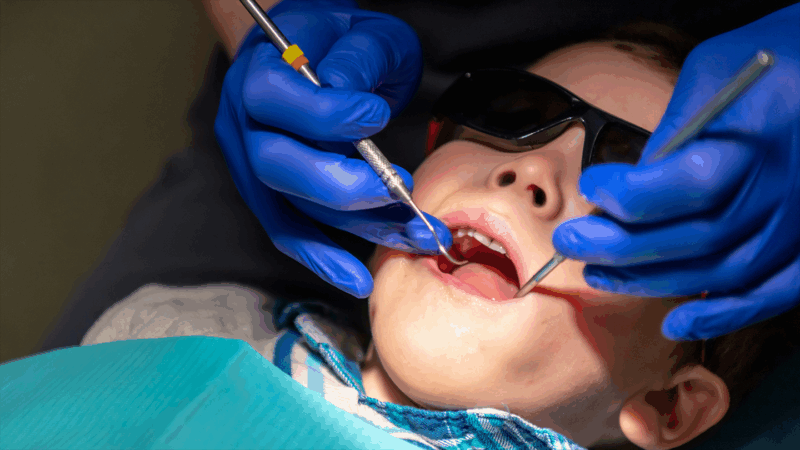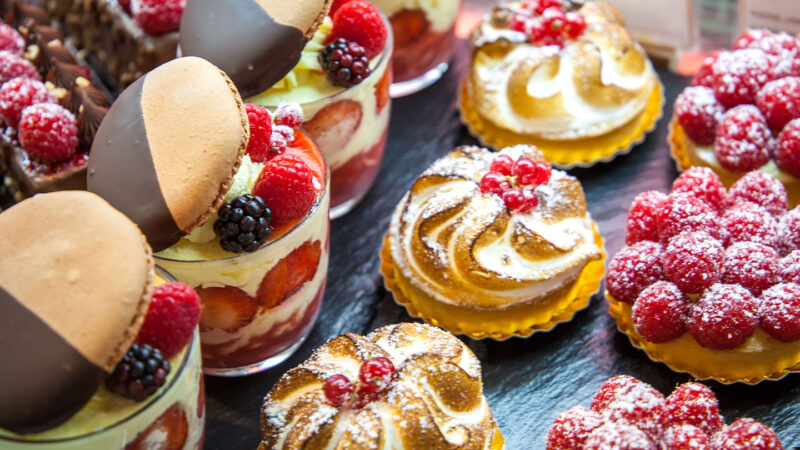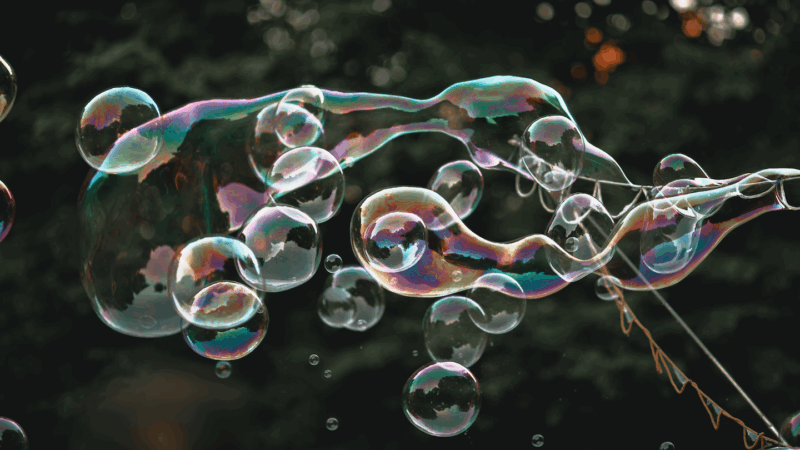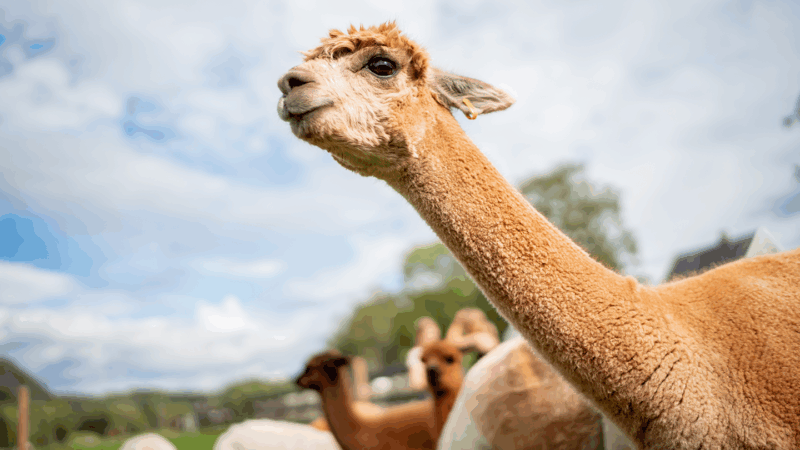Who doesn’t like a good bubble? Who knew that a bit of air trapped in film of soapy water could be so much fun? Most people have fond memories of summers filled with bubbles. However, most people don’t know that science behind the spherical shape and swirling colors that make up bubbles. Keep reading and discover how to make your own super bubble solution.
Here’s What You Need
- 2 tablespoons of dish soap
- 1 tablespoon of Glycerin
- Bubble wand
- 1 cup of distilled water
- Cup or bowl
About the Ingredients…
Water – All good bubble solutions contains water. However, it is important that you use good quality water (e.g. distilled water).
Dish Soap – You don’t need great soap to make your bubbles. In fact, you want to avoid anti-bacterial soap or soap with a lot of additives. Old fashioned Dawn works very well.
Glycerin – You can buy glycerin at your local drug store. You may have to ask the pharmacist for it. It may be a bit expensive, but glycerin is very important to the bubble solution. It gives your bubbles extra strength! NOTE: If you cannot find glycerin, you can substitute Karo syrup.
Here’s What You Do
Mix the dish soap, glycerin and water in the cup or bowl. Dip your bubble wand in the solution and blow a bubble!
Here are some things to try with your bubble solution:
- Can you catch a bubble?
- Can you blow a really big bubble?
- Can you touch a bubble with your finger?
- Can you bounce a bubble off your hand or your clothes?
The Science Behind The Bubbles
You probably didn’t realize it, but water is pretty sticky. It sticks to other things (e.g. the window, the side of a cup, and you) and it sticks to itself. When molecules of water stick to other things, it is called adhesion. When molecules of water stick to each other, it is called cohesion. If you look at a drop of water very closely, you might notice that it is round. The cohesion of the water molecules creates surface tension and gives the drop its round shape.
The surface tension of water is very strong. Some bugs can actually walk on water because water’s surface tension is so strong. Unfortunately, it is too strong for bubbles. That’s why you add detergent to the bubble solution. It actually reduces the surface tension of water. It also slows down the evaporation process, so your bubbles last longer.
When you dip your bubble wand in the bubble solution, the soapy water sticks to the wand. The water molecules also stick together forming the thin, colorful film of bubble solution. When you blow into the film, a bubble forms. The bubble encloses the most amount of air with the least amount of bubble solution. As a result, bubbles are always round!
Check out this Bubbles Experiment photo gallery:
[Best_Wordpress_Gallery id=”1″ gal_title=”Bubbles”]

















